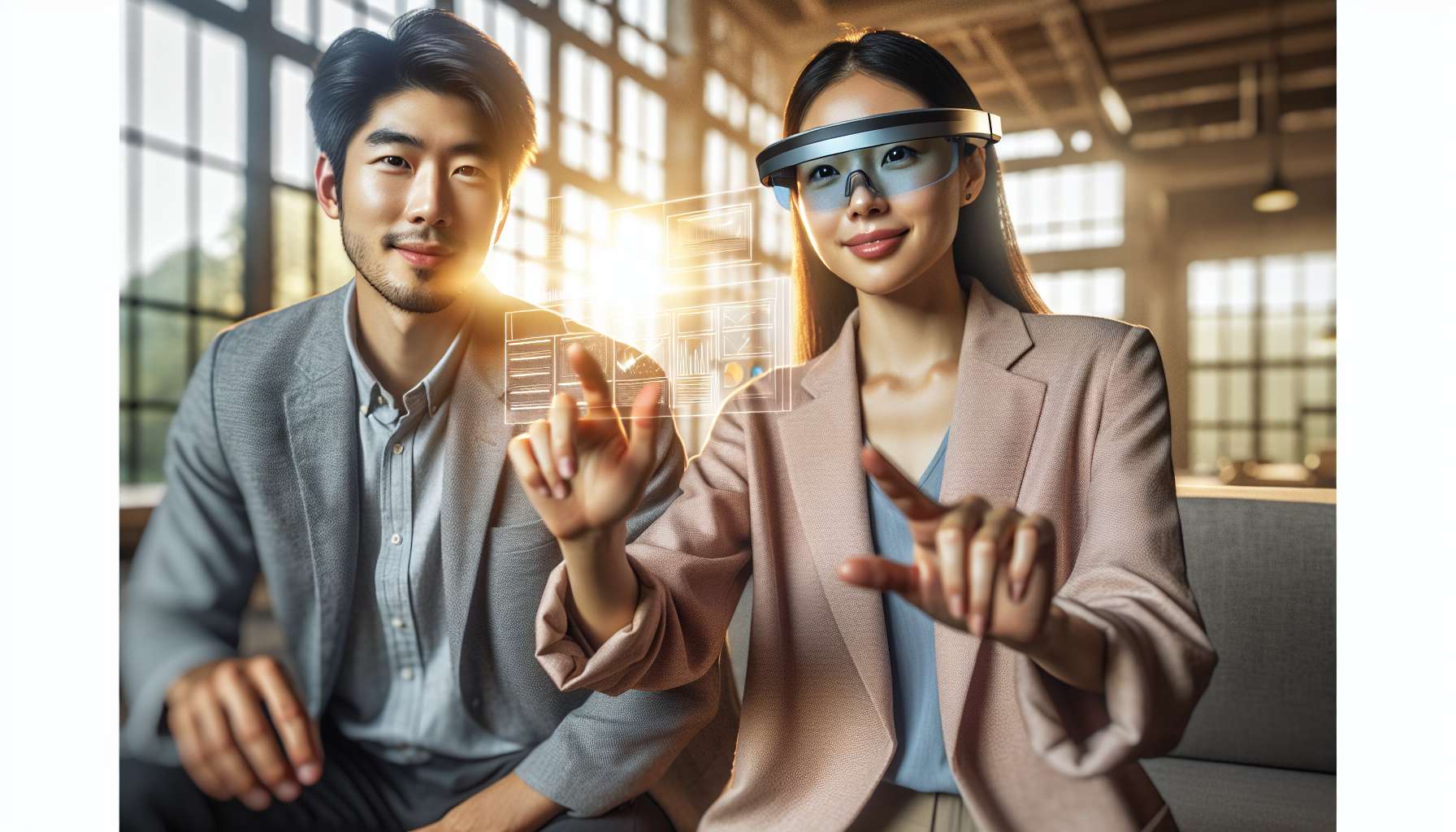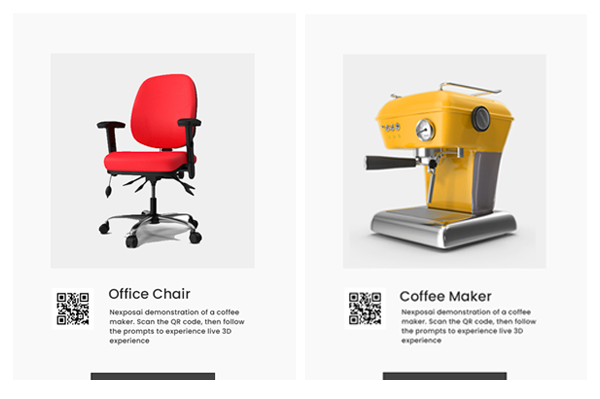Revolutionize Your Manufacturing Sales with Augmented Reality Solutions
Augmented Reality (AR) has emerged as a game-changing technology in various industries, and manufacturing is no exception. By integrating AR solutions into your sales strategy, you can enhance customer engagement, streamline processes, and ultimately boost your manufacturing sales. In this article, we will explore the practical applications of AR in manufacturing sales and how it can revolutionize your business.
1. Immersive Product Demonstrations
One of the key challenges in manufacturing sales is effectively showcasing complex products to potential customers. AR provides a solution by allowing you to create immersive product demonstrations. With AR, customers can visualize and interact with virtual 3D models of your products in real-world environments. This not only helps them understand the product better but also enables them to make informed purchasing decisions. By offering interactive and engaging experiences, AR can significantly increase customer interest and drive sales.
2. Virtual Showrooms
Traditional showrooms can be limited by space and logistics. However, with AR, you can create virtual showrooms that can be accessed anytime, anywhere. By leveraging AR technology, you can showcase your entire product catalog in a virtual environment, allowing customers to explore and interact with your products remotely. This not only expands your reach but also provides a convenient and immersive buying experience for your customers. Virtual showrooms powered by AR can help you close deals faster and increase sales efficiency.
3. Remote Assistance and Training
AR solutions can also be utilized to provide remote assistance and training to your customers and sales teams. With AR-enabled smart glasses or mobile devices, your sales representatives can guide customers through complex installation or maintenance processes in real-time. This not only reduces the need for on-site visits but also improves customer satisfaction by resolving issues quickly and efficiently. Additionally, AR can be used to train your sales teams on new products and processes, ensuring they have the knowledge and confidence to effectively sell your offerings.
4. Data Visualization and Analytics
AR can transform the way you analyze and present data to your customers. By overlaying real-time data onto physical objects using AR, you can provide valuable insights and visualizations that are easy to understand. For example, you can use AR to display real-time production metrics, quality control data, or supply chain information directly on the manufacturing floor. This not only improves decision-making but also enables your sales teams to communicate complex information more effectively, leading to increased customer trust and sales opportunities.
5. Enhanced After-Sales Support
AR solutions can play a crucial role in enhancing after-sales support for your customers. By integrating AR into your customer support processes, you can provide interactive and step-by-step guidance for troubleshooting, maintenance, or repairs. This empowers your customers to resolve issues on their own, reducing downtime and improving overall satisfaction. Additionally, AR can enable remote monitoring and predictive maintenance, allowing you to proactively address potential problems before they impact your customers’ operations. By offering exceptional after-sales support, you can build long-term customer relationships and drive repeat business.
As the manufacturing industry continues to evolve, embracing innovative technologies like AR is essential to stay ahead of the competition. By leveraging AR solutions in your sales strategy, you can create immersive experiences, streamline processes, and ultimately boost your manufacturing sales. The possibilities are endless, and the benefits are tangible. So, why wait? Explore the world of AR in manufacturing sales and unlock new opportunities for your business today!





